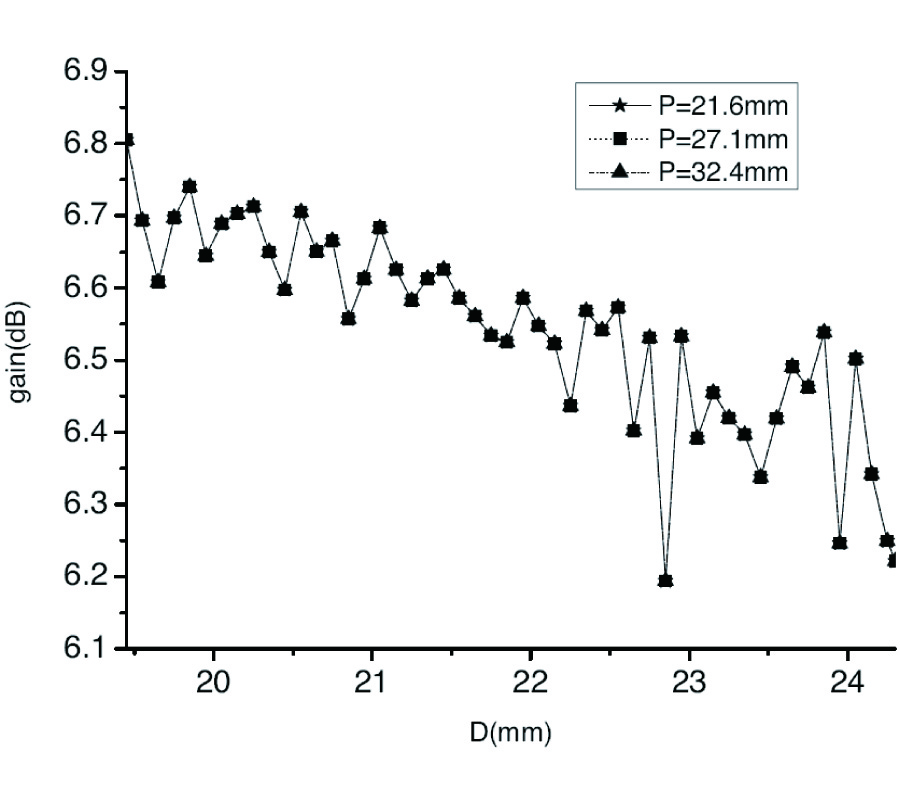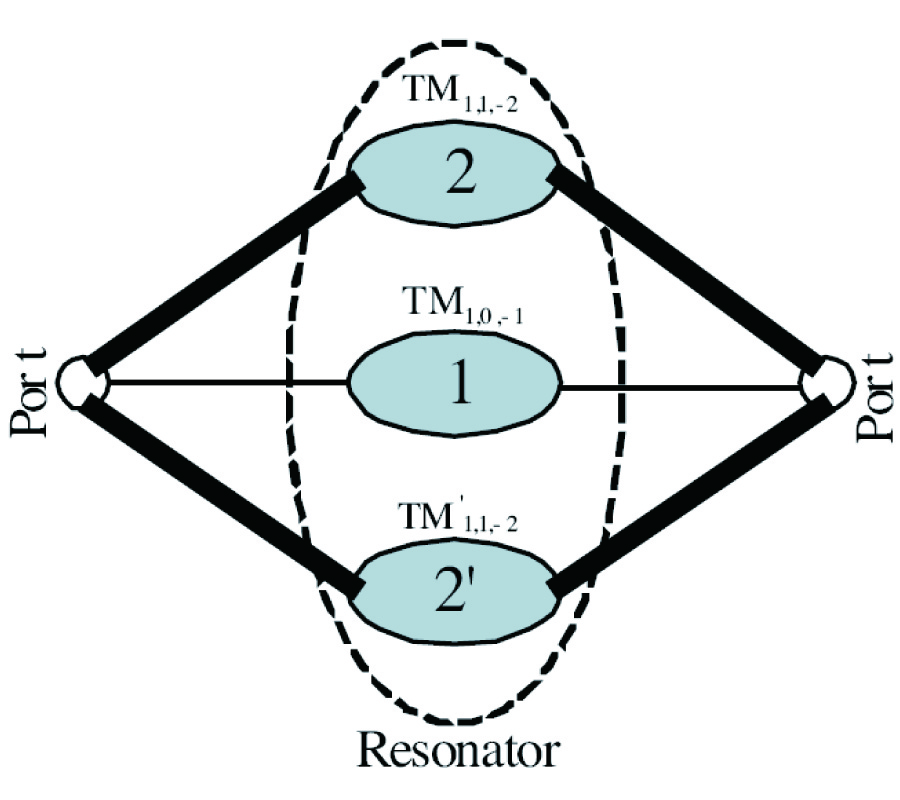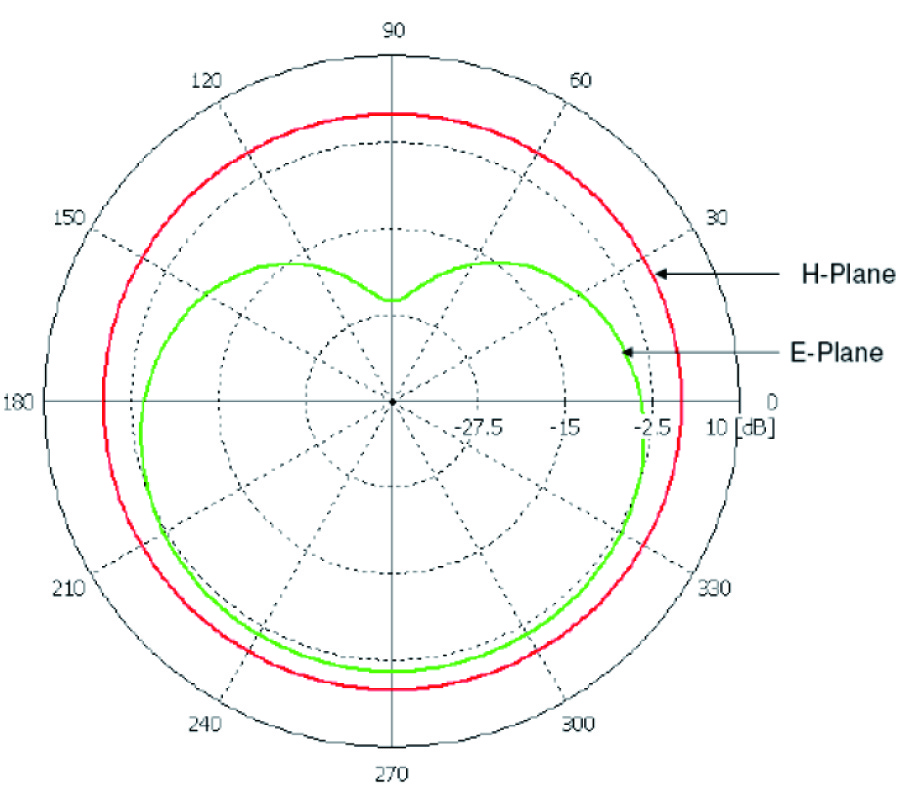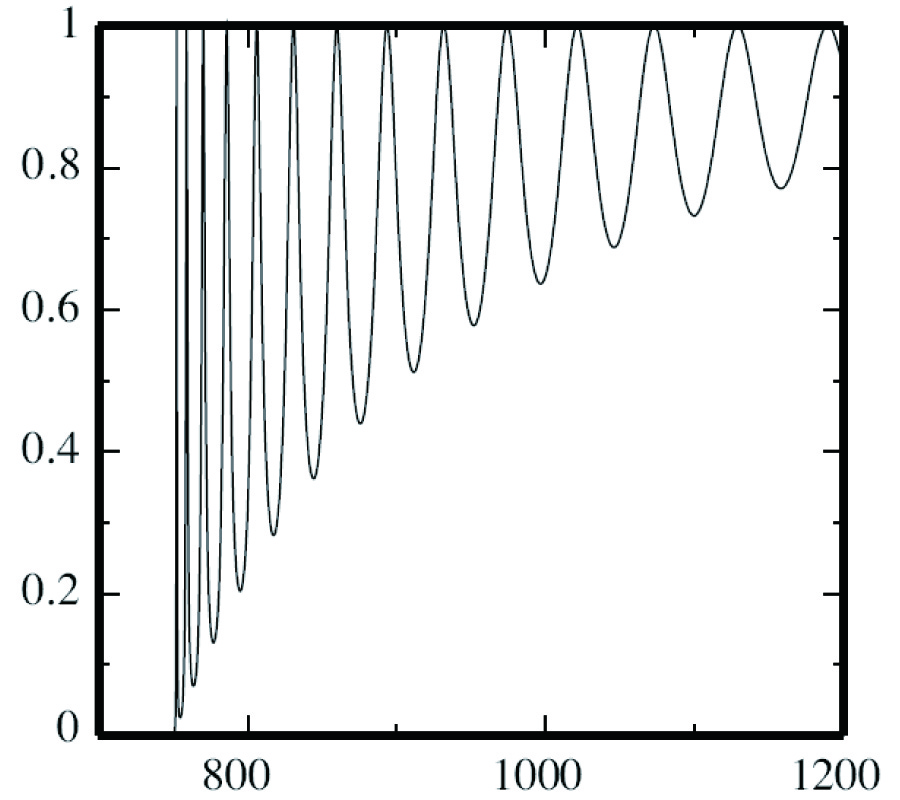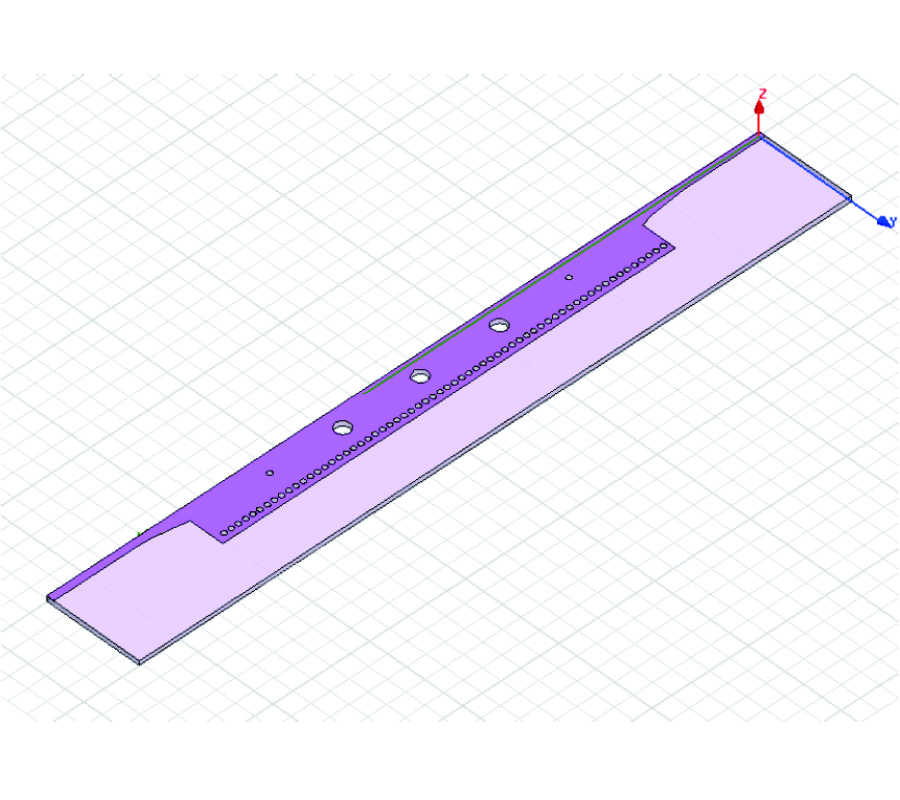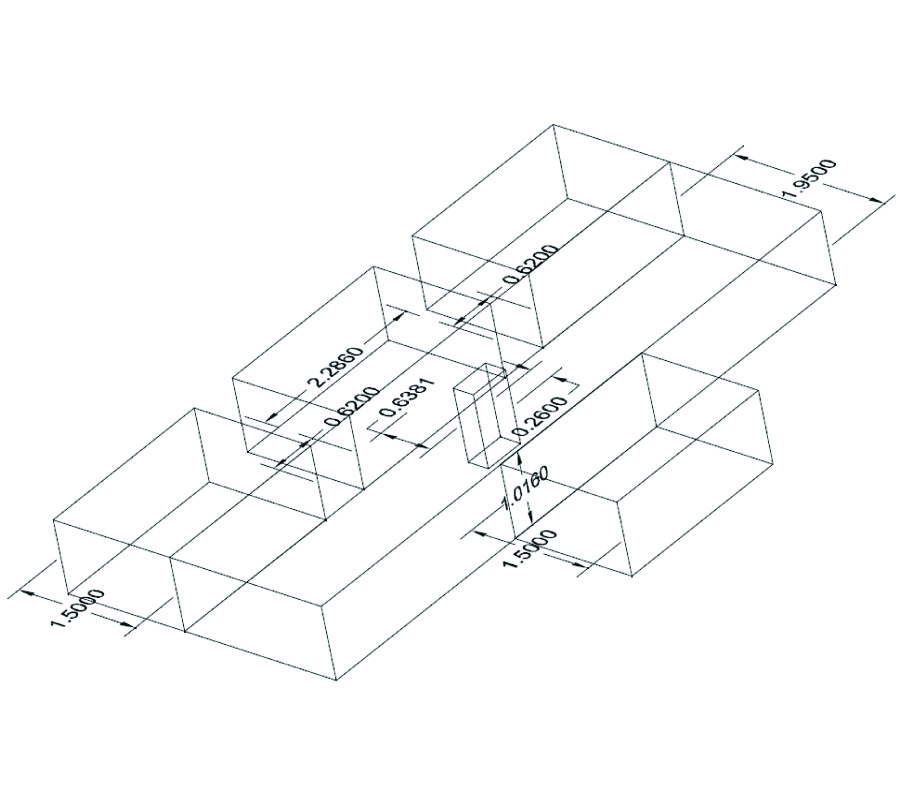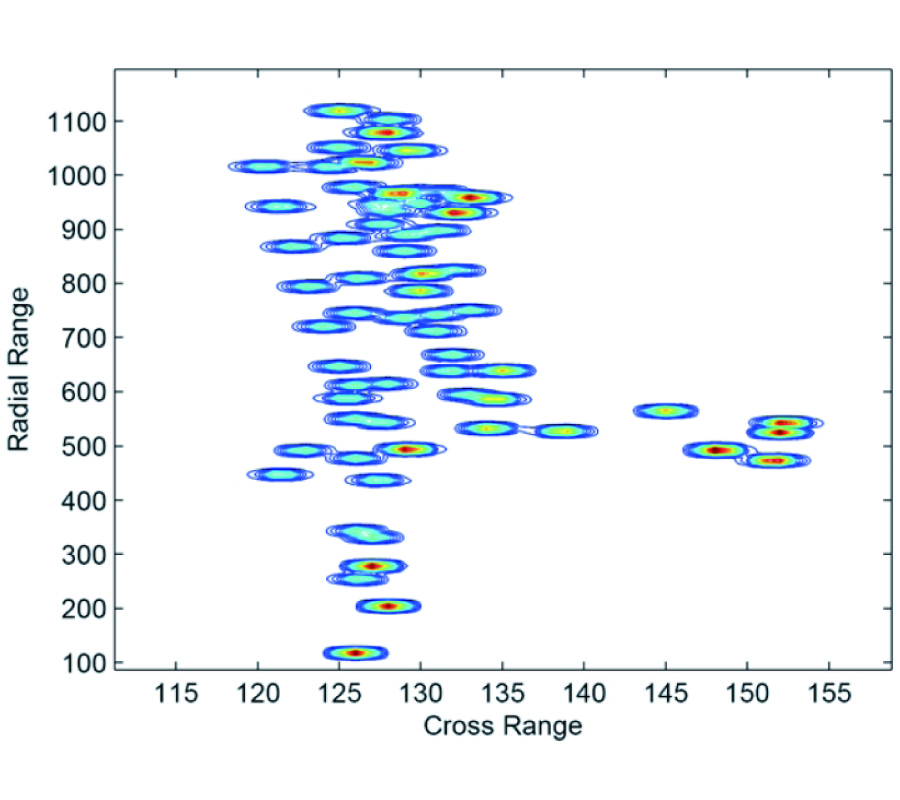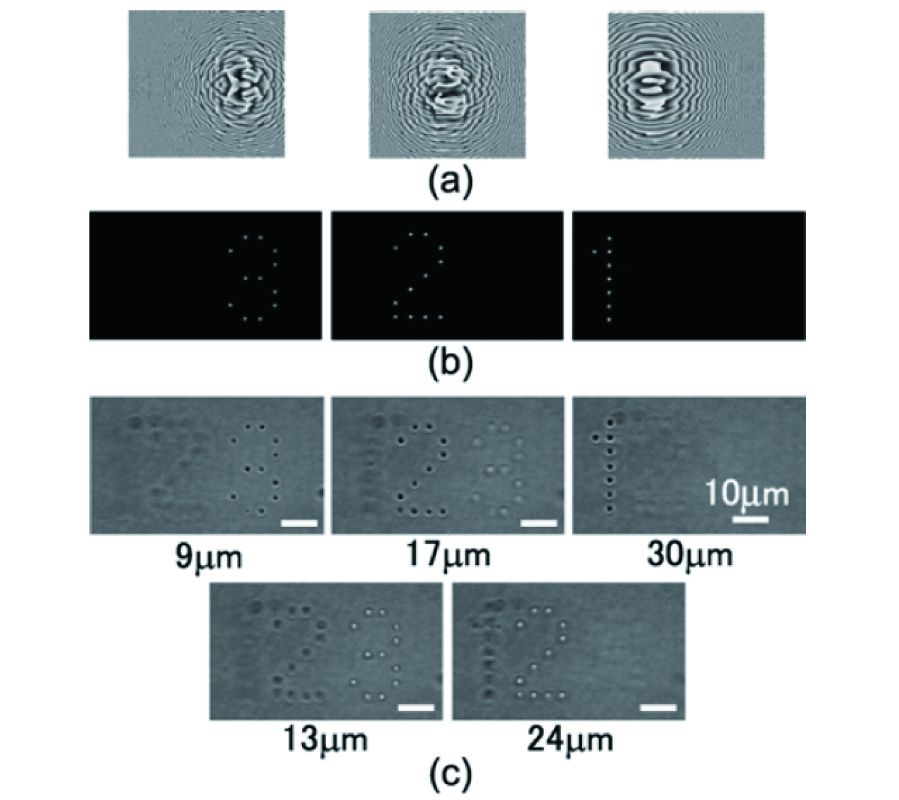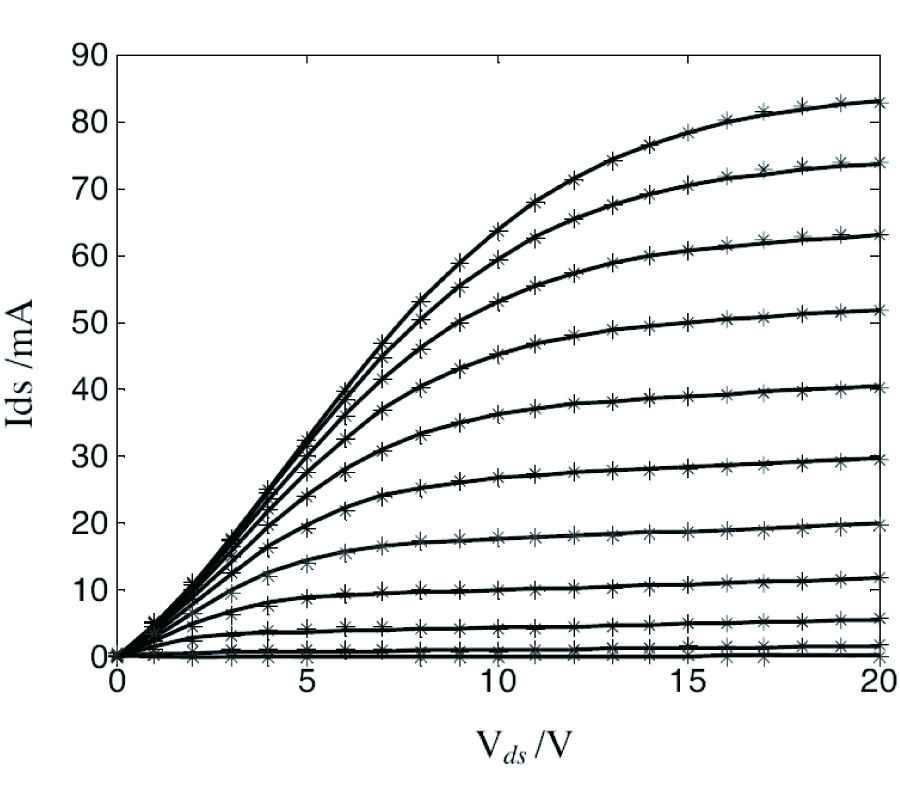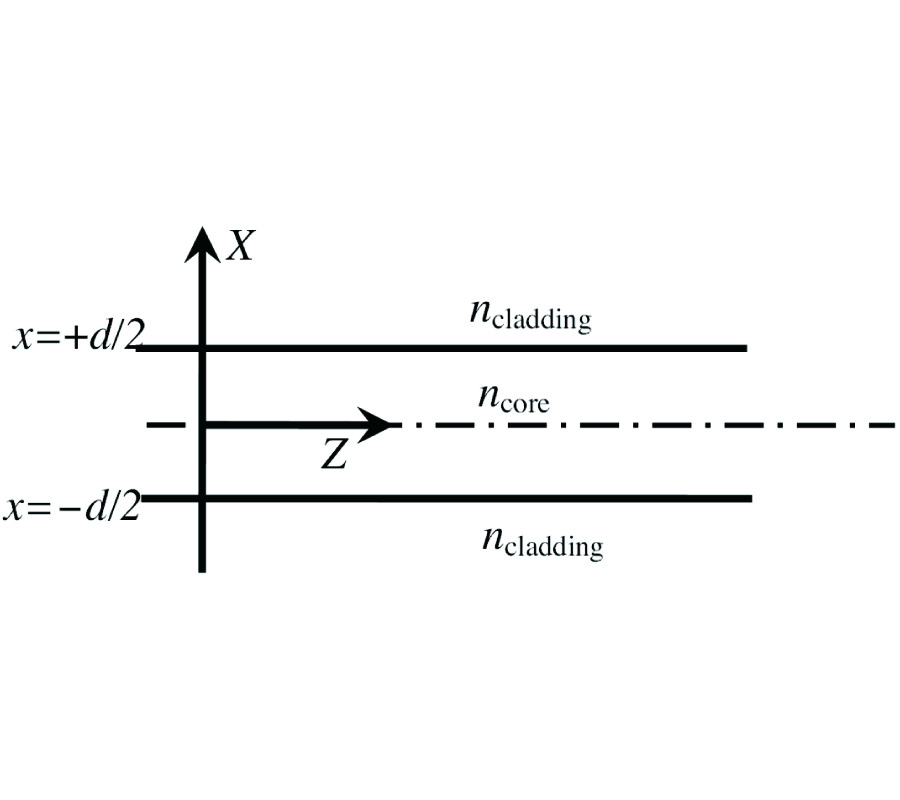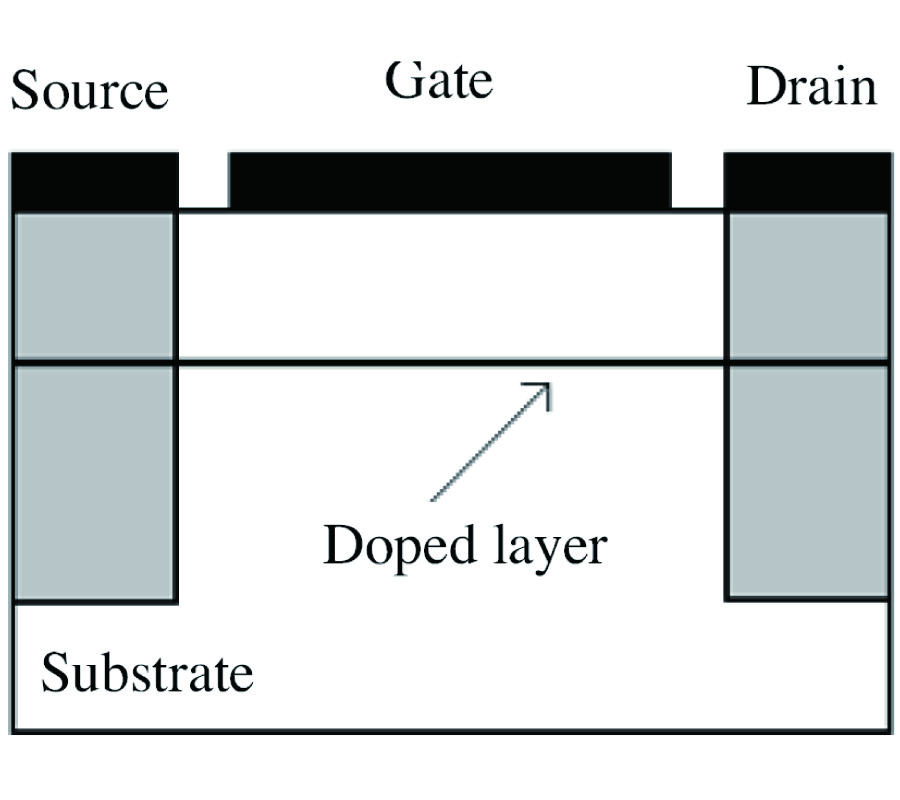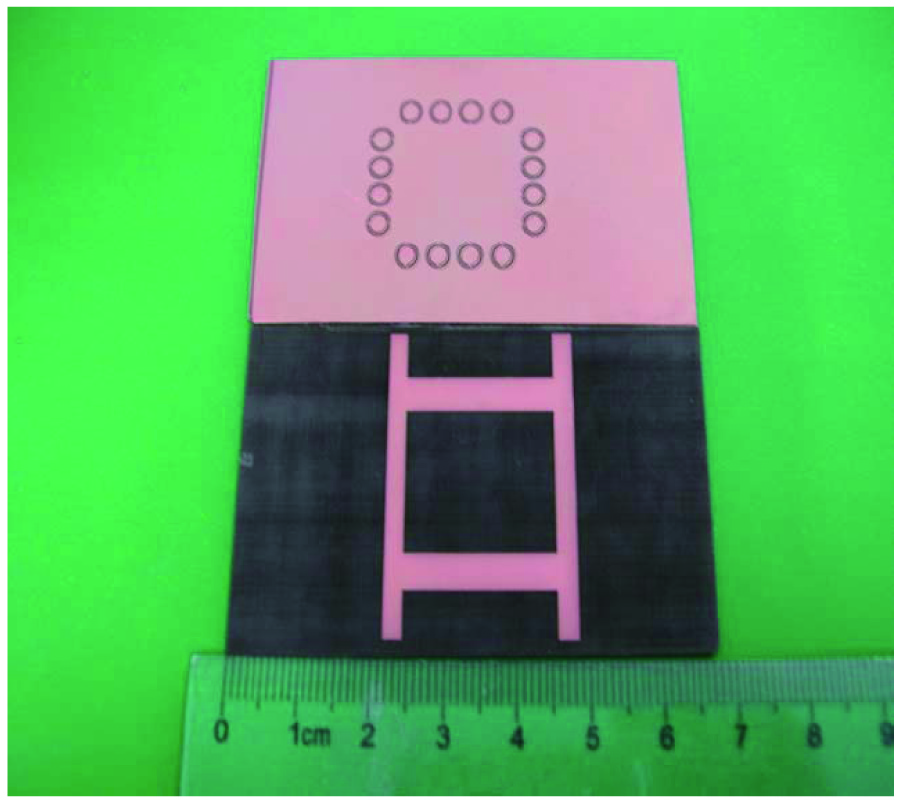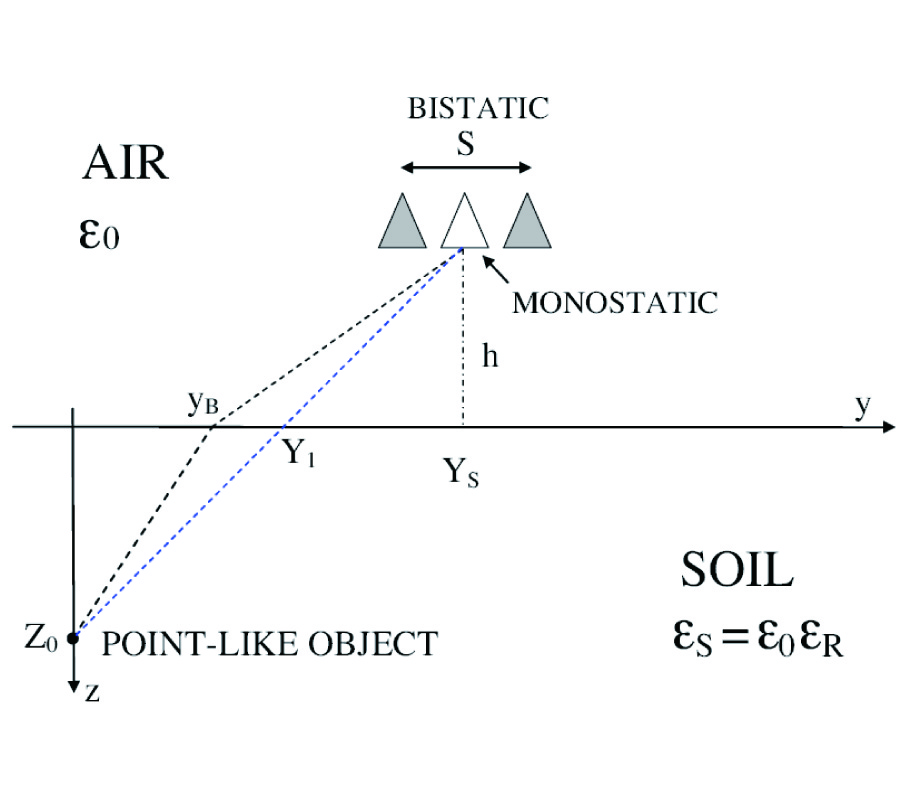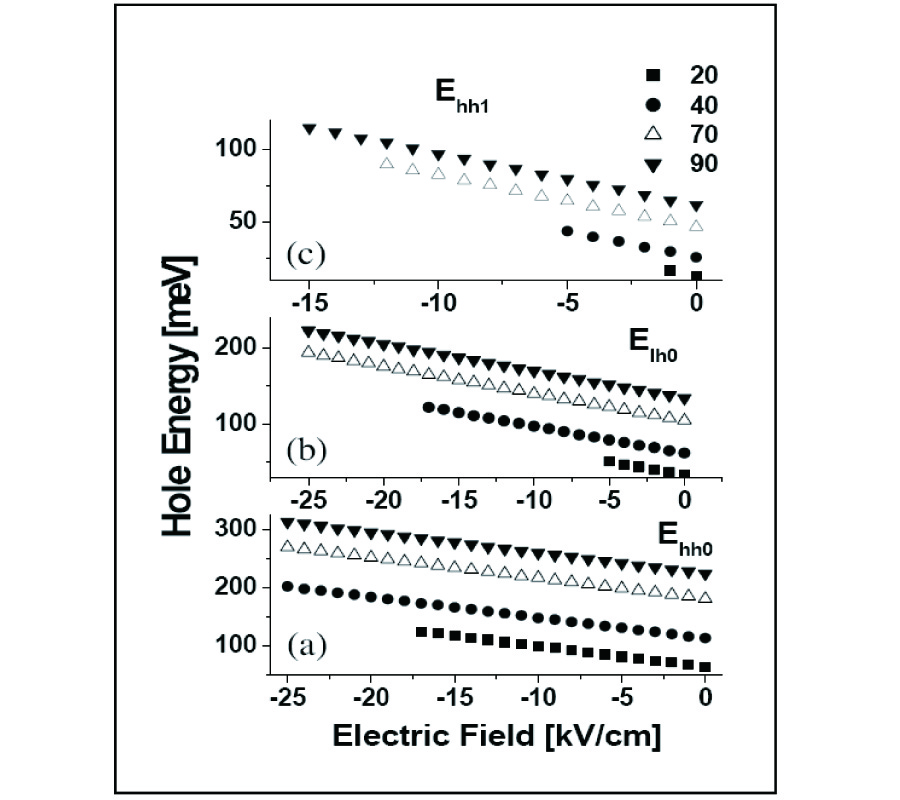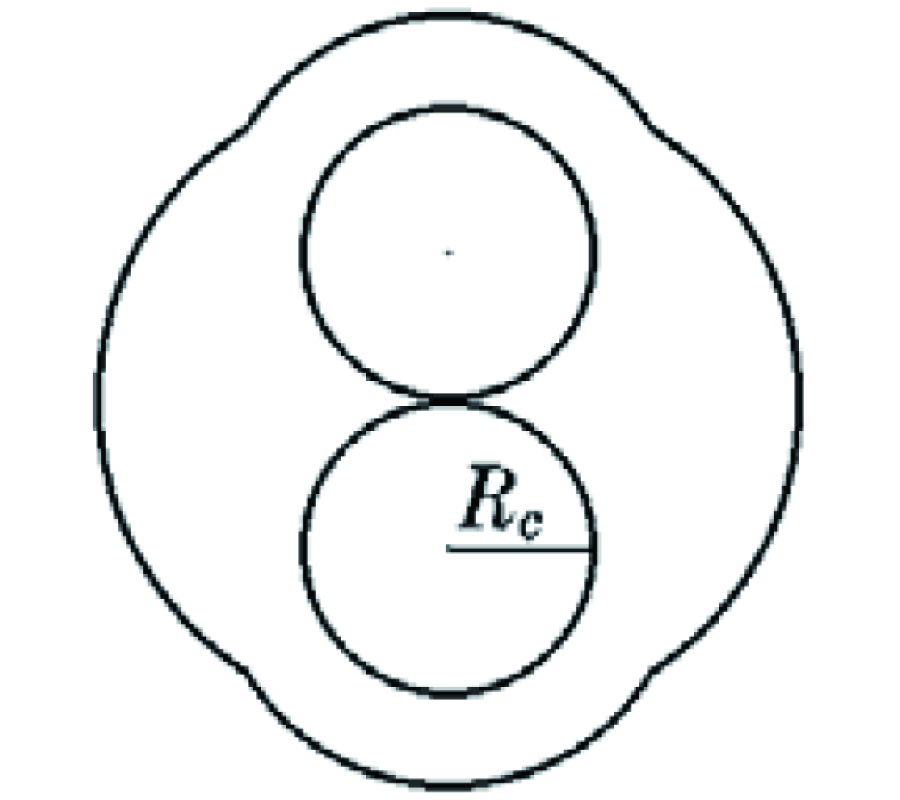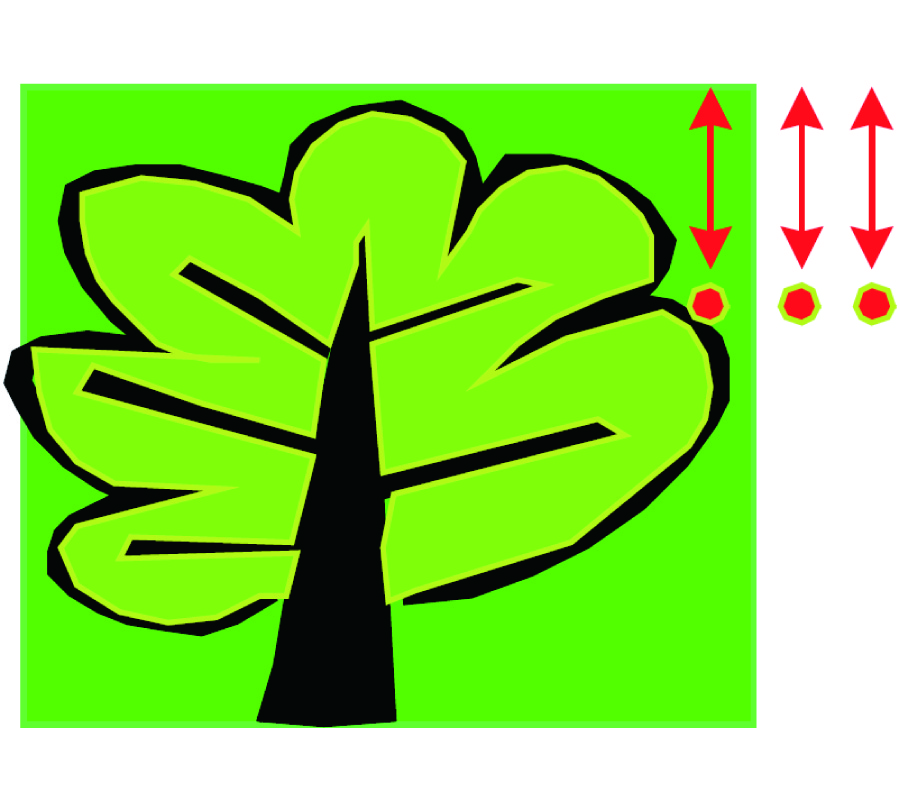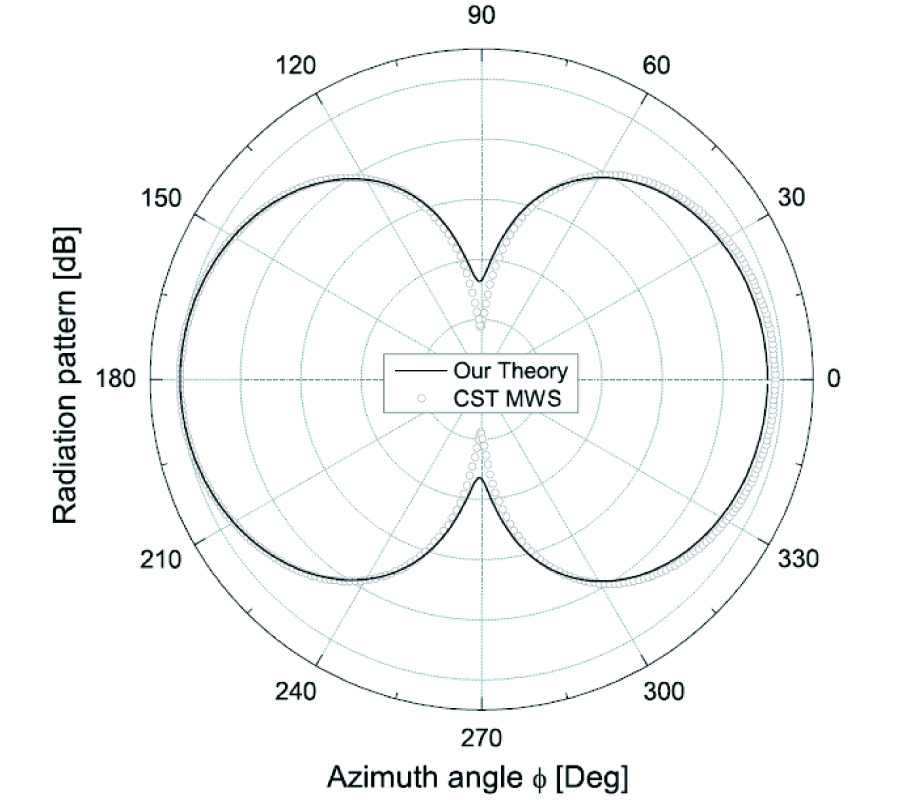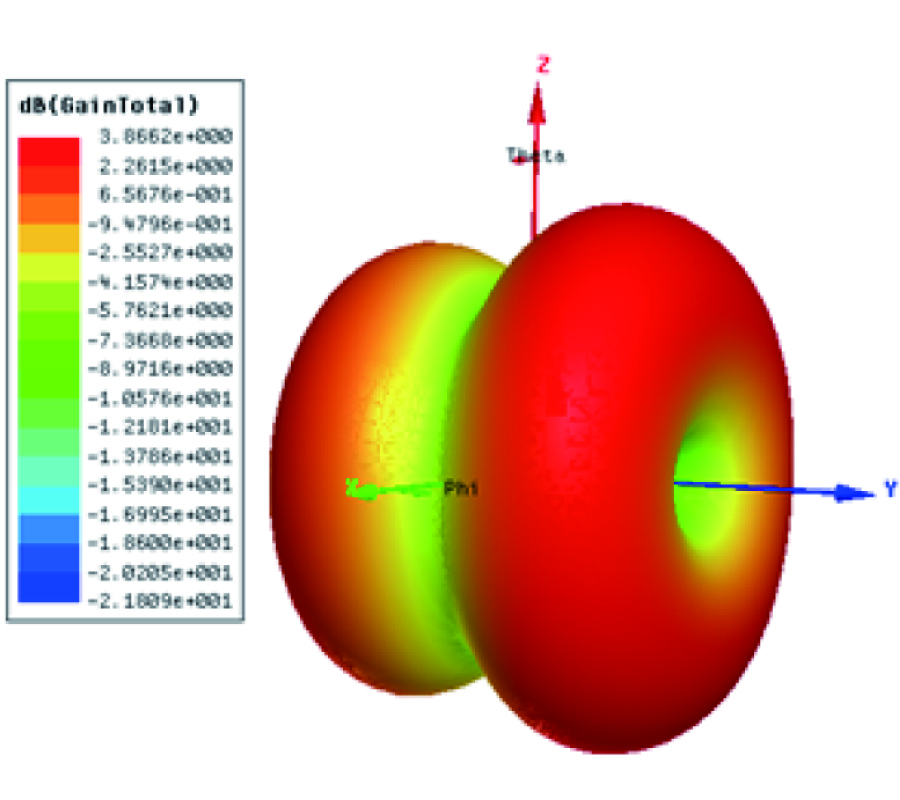Waveguide Structures for Generation of Terahertz Radiation by Electro-Optical Process in GaAs and Zugep2 Using 1.55μm Fiber Laser Pulses
Tianxin Yang,
Shupeng Song,
Hongtao Dong and
Rongsheng Ba
By discussing the basic schemes of the terahertz generation methods based on the 1550-nm ultrafast lasers briefly, GaAs and ZnGeP2 are likely to be promising nonlinear optical crystals for terahertz waves generation by using optical rectification process. However, the mismatches of velocities between the terahertz waves and optical pulses are so large that the phase-matching coherent lengths are quite short, for example, the coherent length of 0.7mm for GaAs and 0.5mm for ZnGeP2 at 2 THz around, respectively. That limited extremely the applications of these bulk excellent nonlinear optical crystals in terahertz regime. In this paper, we demonstrated theoretically that the dielectric planar waveguide could be used to enhance the coherent length of optical rectification process in THz regime. And for the first time, a dielectric planar THz waveguide that has potential applicable value in THz generation by optical rectification method was proposed. We predicted that the effective coherent length could be extended to 4mm at 2 THz in a GaAs/ZnGeP2 dielectric planar waveguide during optical rectification process pumped by ultrafast optical pulses at wavelength of 1550 nm.
